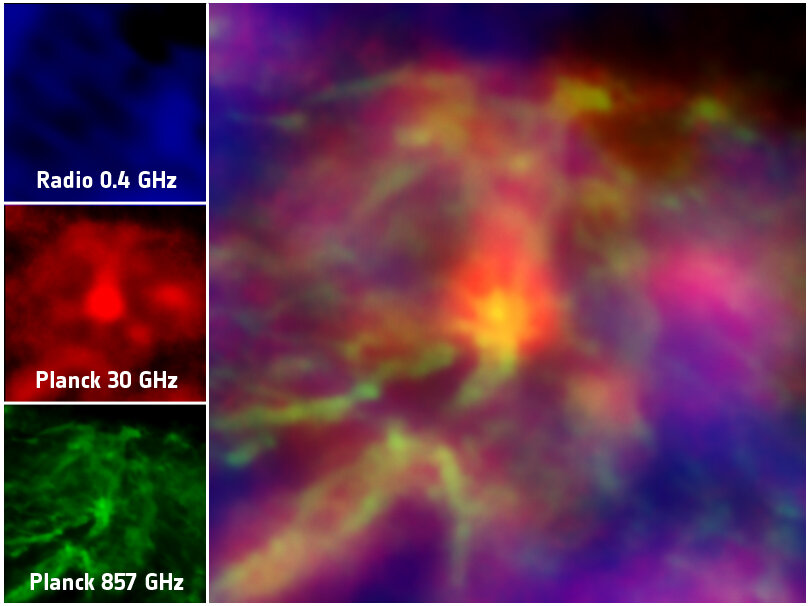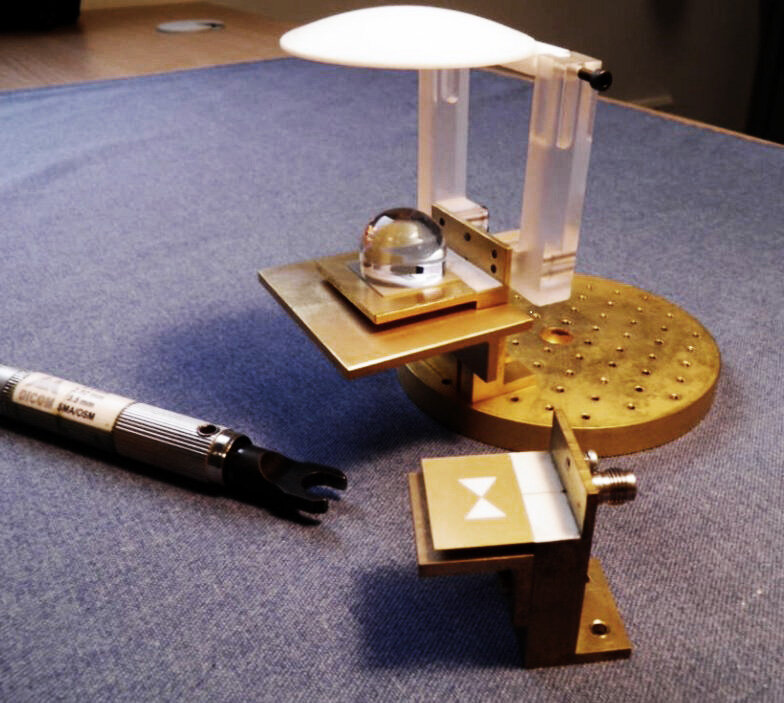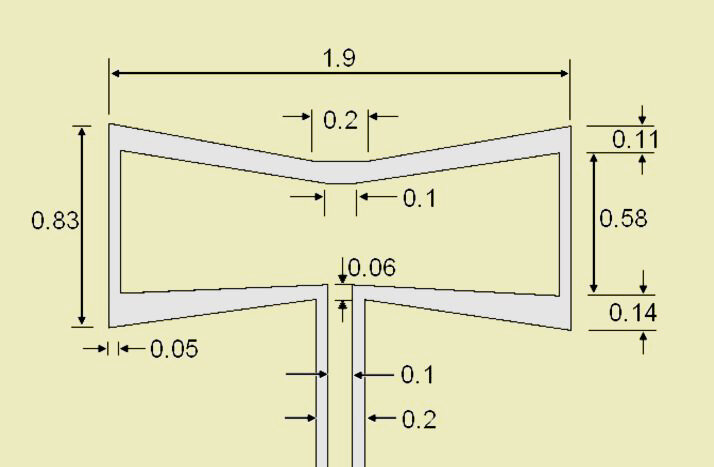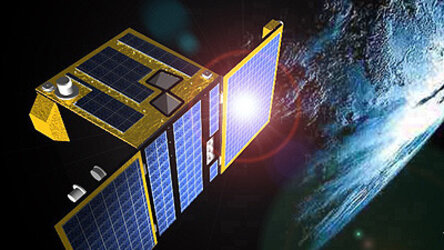From the Universe, into our cars
What do physicists scanning the Universe for echoes of the Big Bang have to do with keeping you safe behind the wheel of your car? More than you might think: a new space antenna may be used to improve car radars here on Earth
The impetus for the project that may one day help to keep drivers safe came from experiments to measure the ‘cosmic microwave background’.

According to Jan Tauber, ESA’s lead scientist on the Planck space observatory, measuring the cosmic microwave background is helping us towards a deeper understanding of the Universe.
"The cosmic microwave background comes from an early time in the Universe, shortly after the Big Bang,” said Jan.
These weak microwave signals, though created billions of years ago, are still reverberating throughout the Universe.
Exploring this relict microwave radiation is “Crucial to expanding our understanding of the Universe – how galaxies were formed, and why the Universe is as it is now,” said Enrique Martinez-Gonzalez, Vice Director of Spain’s Instituto de Fisica de Cantabria (IFCA).

In order to improve our measurements of these cosmic microwaves, IFCA and the Departamento de Ingeniería de Comunicaciones looked at developing a new antenna.
To build the antenna, IFCA used expertise gained from developing Planck’s 30 GHz and 44 GHz detectors.
The new antenna, shaped like a bow-tie and designed for both ground and space telescopes, is flat, so it takes up very little space. It is also lightweight and inexpensive.
IFCA scientists realised that the antenna had real advantages that could be useful in non-space fields. With funds from ESA's Technology Transfer Programme, IFCA hired Irish firm MOHER to conduct a technology transfer feasibility study.

“They’re small, they’re inexpensive, and they’re readily reproducible,” said Patrick Hartigan, CEO of MOHER, of the antennas.
These qualities made them ideal for terrestrial applications.
MOHER looked at various markets, from non-satellite broadband transmission to home alarm systems. But the application they settled on as most promising was car radars.
While it is already possible for cars to ‘sense’ another vehicle and warn drivers if they are about to have a ‘fender bender’, today’s technology is more complex and probably more expensive than using the new bow-tie antenna.
“With the feasibility study, we realised this could be an interesting application,” said Dr Martinez-Gonzalez.

In addition, the EU has passed legislation requiring that automotive radar signals shift to a different frequency, which means that current devices will have to be overhauled, providing an opportunity for a new technology.
“We are scientists, and our major work is studying basic physics, the origins and evolution of the Universe,” said Dr Martinez-Gonzalez.
“But if we could also produce something more applicable to real life, we would be very happy to do it.”
The special miniature antenna is still in the design process for use in future car systems and other applications on Earth.
ESA’s Technology Transfer Programme Office (TTPO)
The TTPO’s main mission is to facilitate the use of space technology and space systems for non-space applications and to demonstrate the benefit of the European space programme to European citizens.
The office is responsible for defining the overall approach and strategy for the transfer of space technologies, including the incubation of start-up companies and their funding. For more information, please contact:
ESA’s Technology Transfer Programme Office
European Space Agency
Keplerlaan 1
2200 AG, Noordwijk
The Netherlands
Tel: +31 71 565 6208
Email: ttp@esa.int






